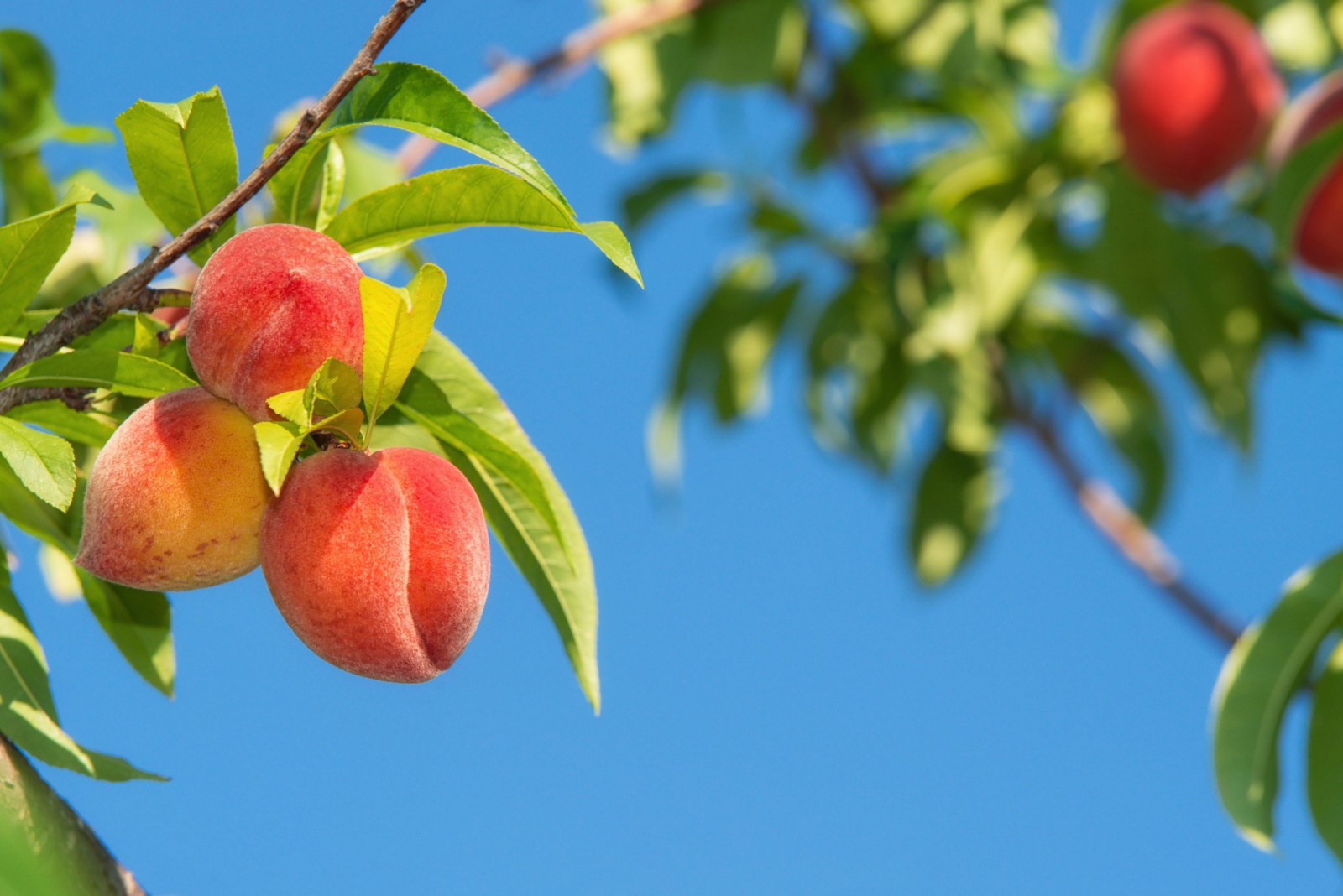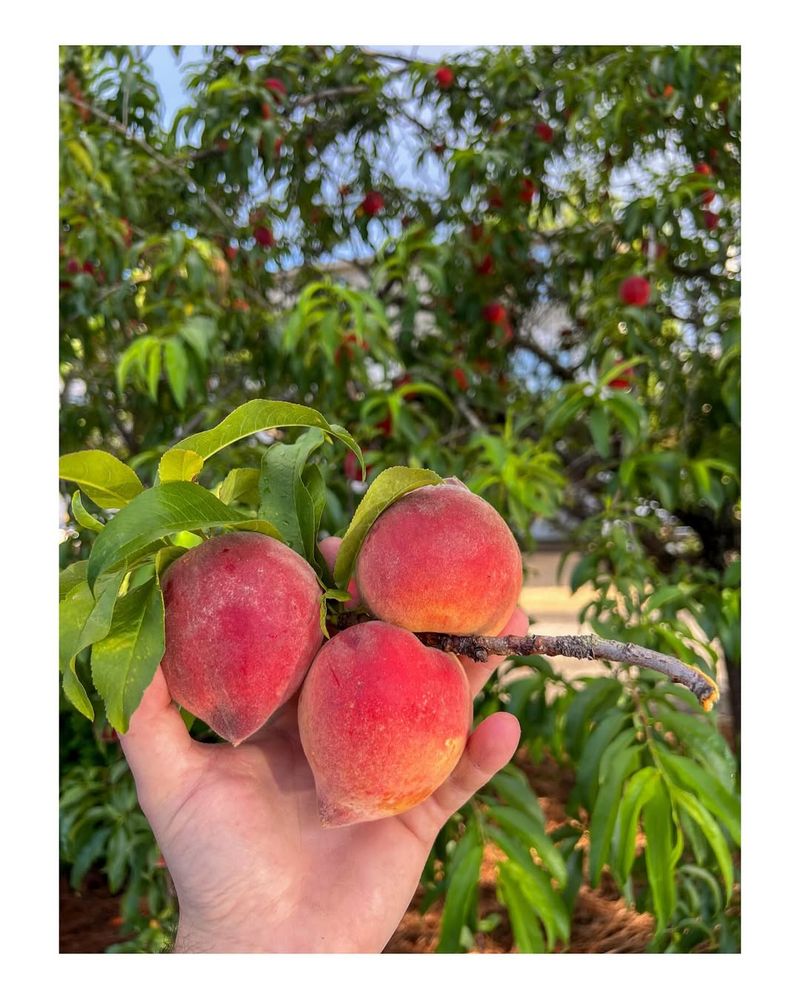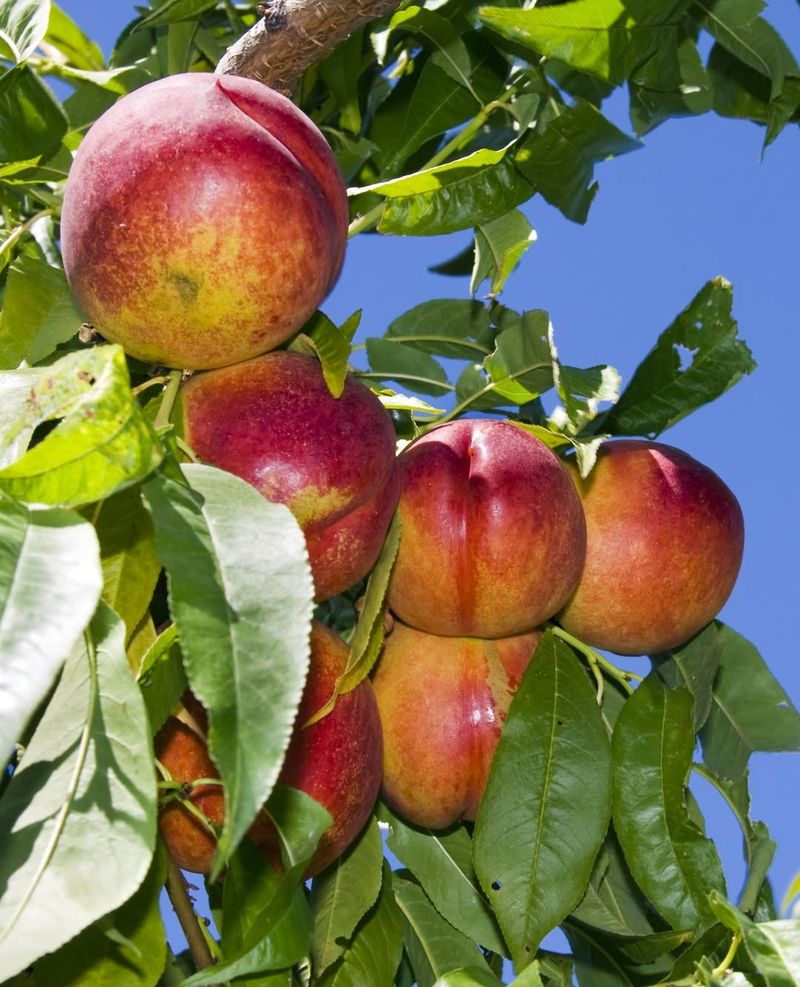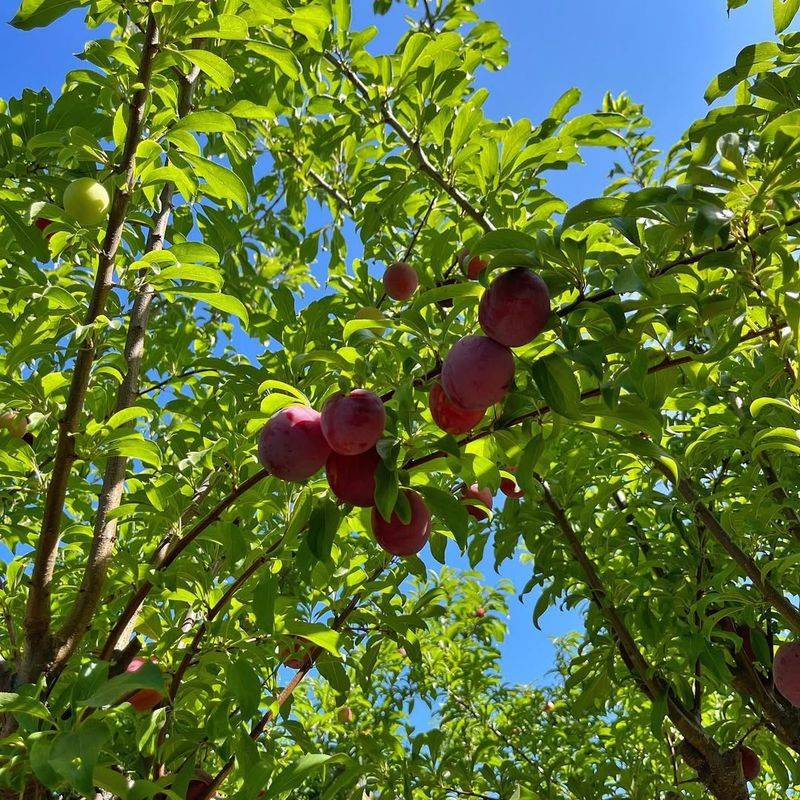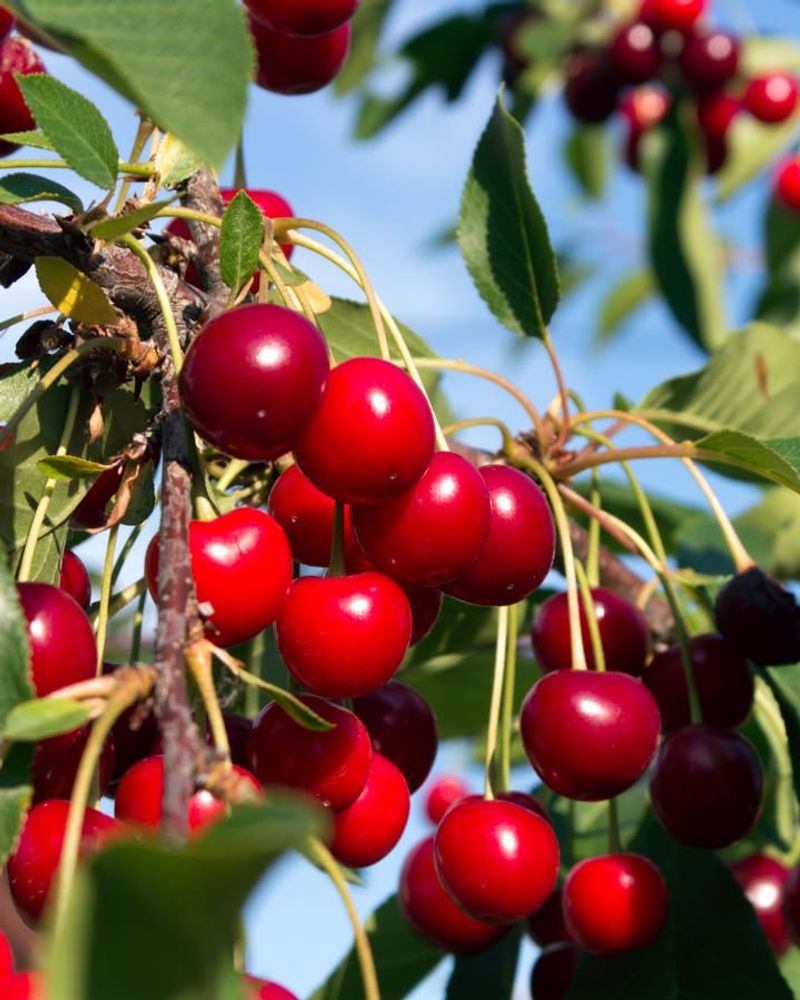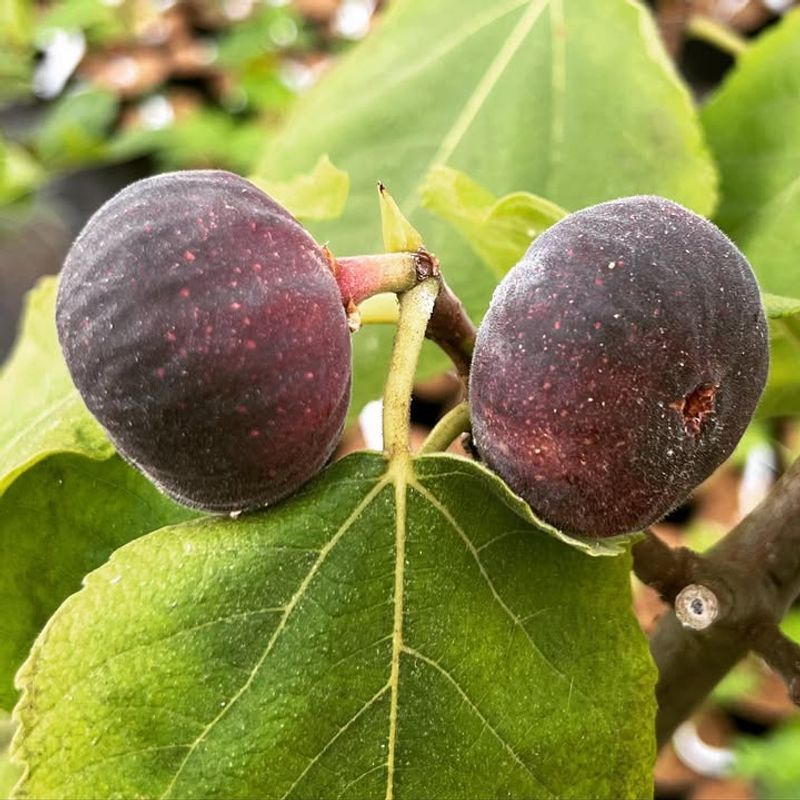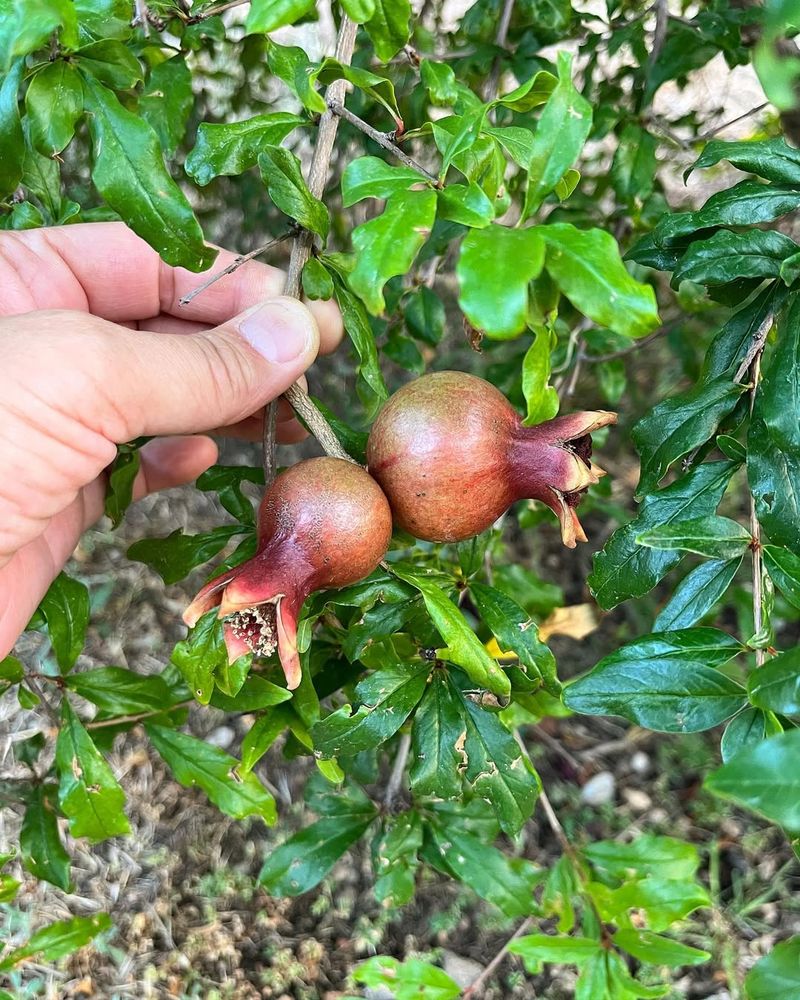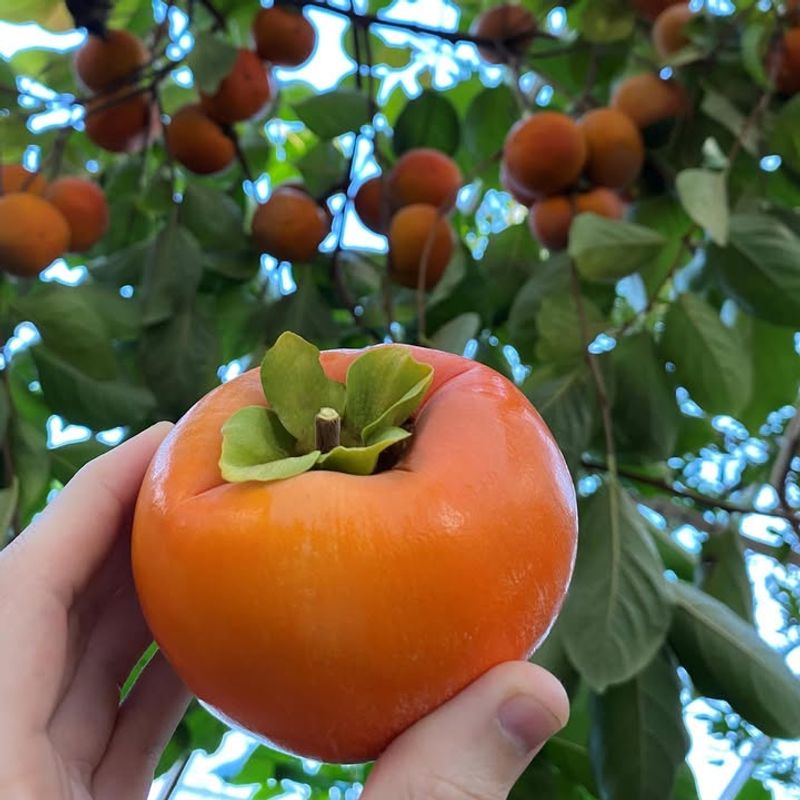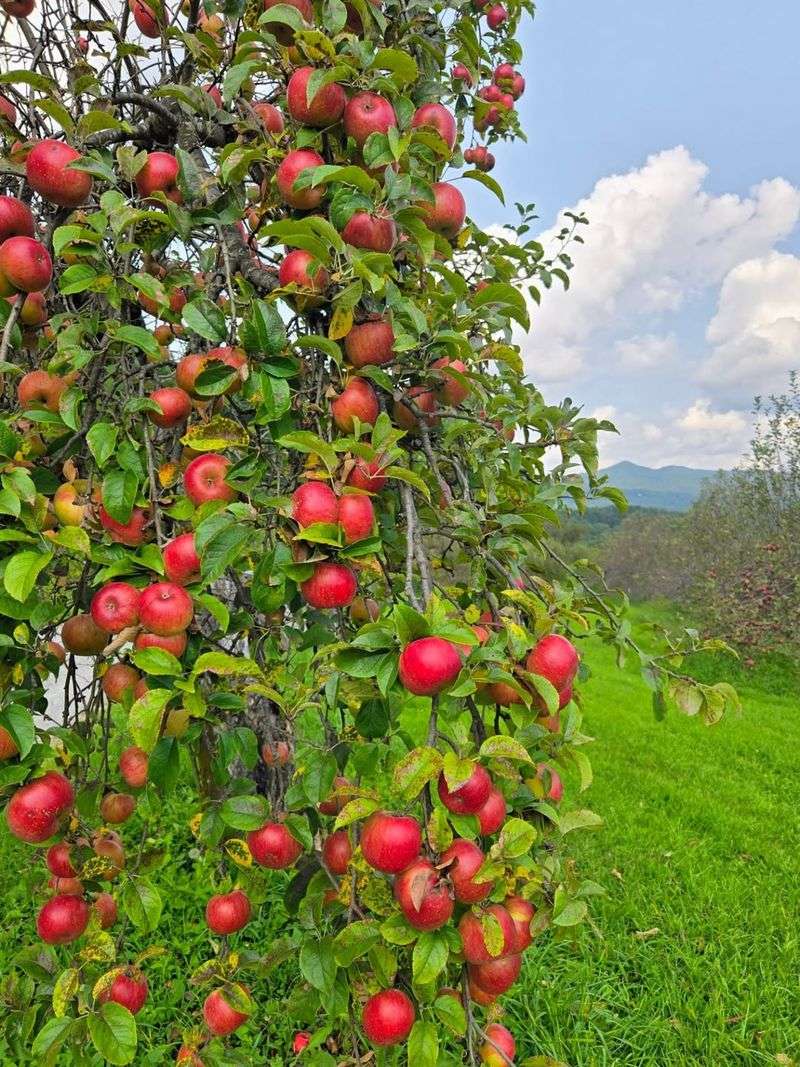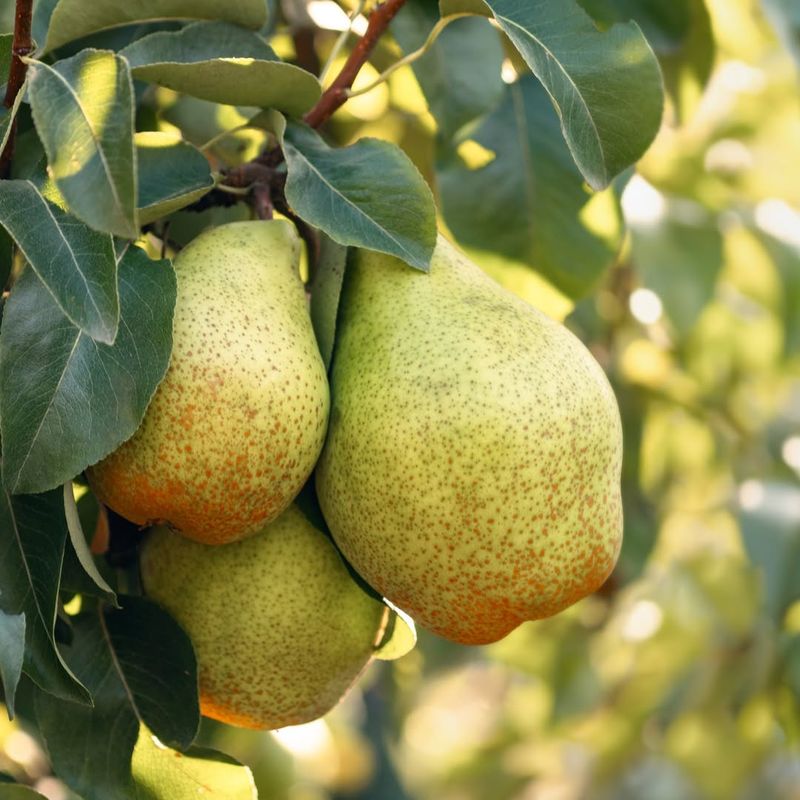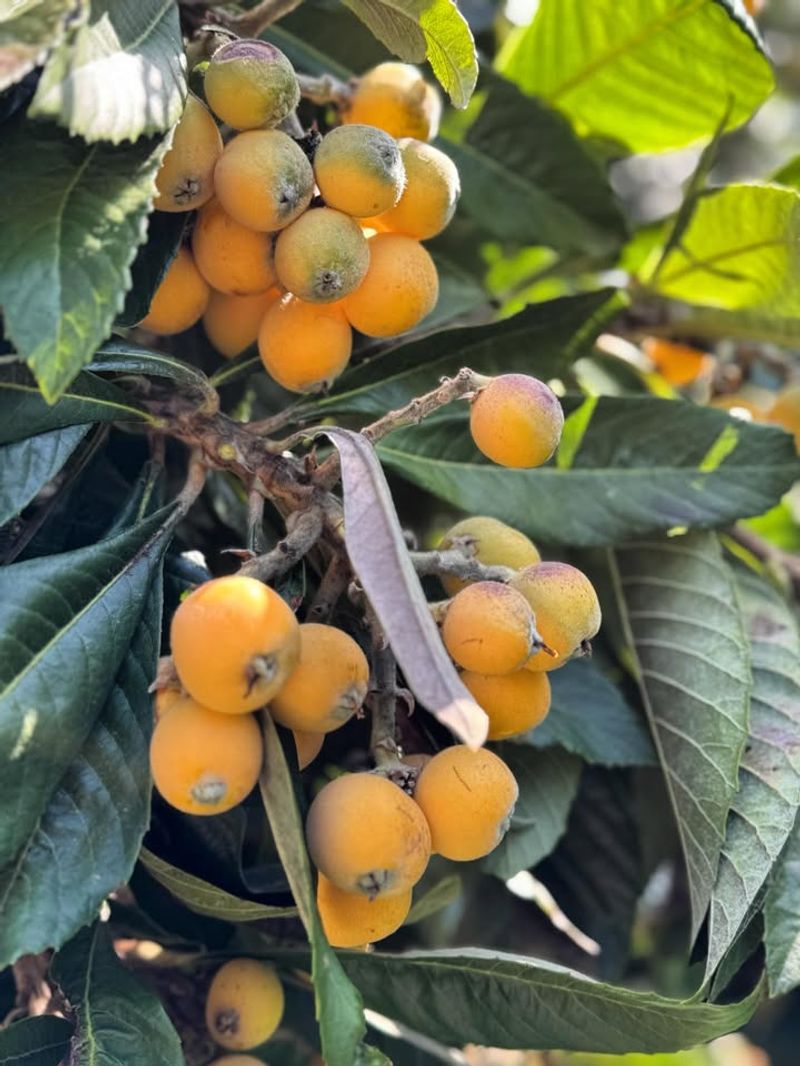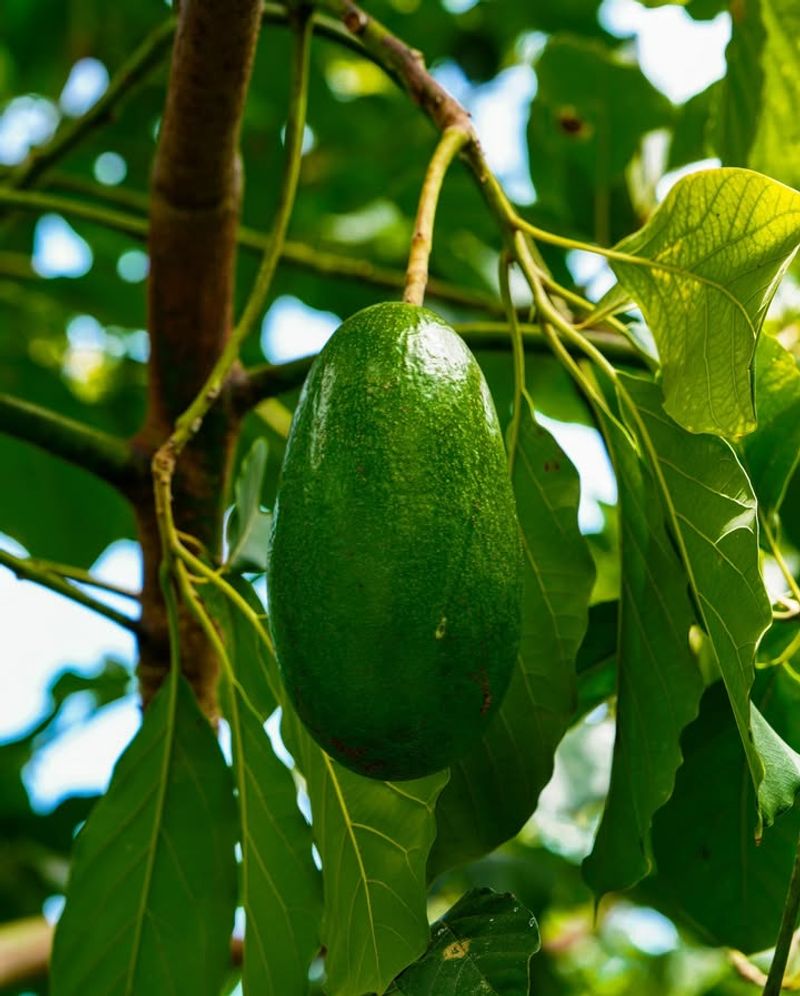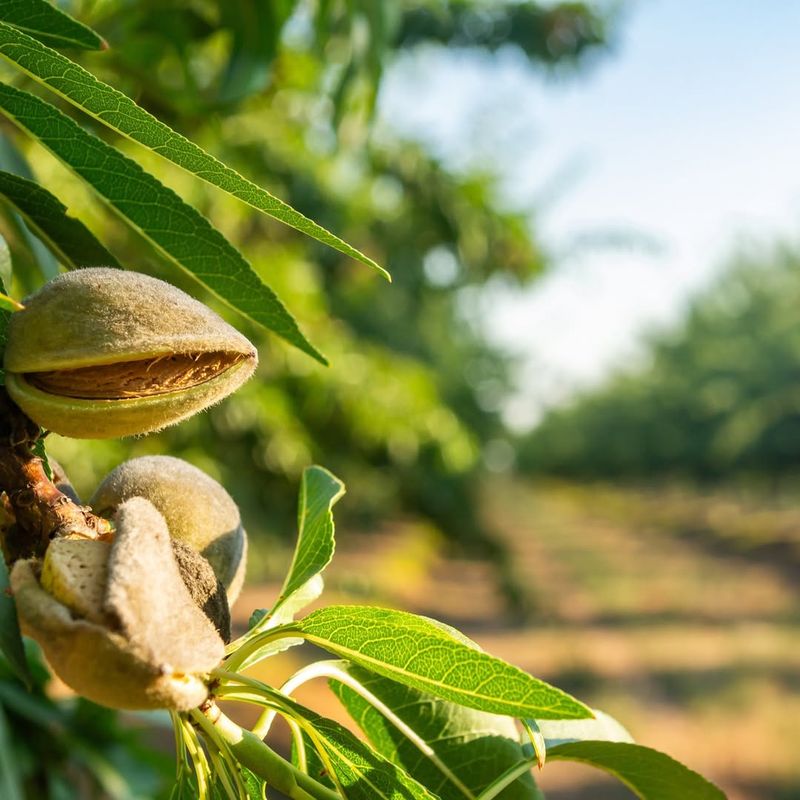Pruning fruit trees at the right time can make all the difference between a bountiful harvest and a disappointing one. In California’s unique climate, many fruit trees benefit from being pruned immediately after you pick their fruit.
This practice helps shape the tree, encourages healthy growth, and sets up next year’s crop for success.
1. Apricot Trees
Apricots thrive when you trim them right after picking the last fruit in summer. Pruning during this window reduces the risk of disease because wounds heal faster in warm weather.
Focus on removing diseased or crossing branches that crowd the center. A well-pruned apricot tree allows sunlight to reach every branch, which means sweeter fruit next season.
California’s dry summers create ideal conditions for clean cuts to seal properly.
2. Peach Trees
Right after harvest is the perfect moment to shape your peach tree for next year. Summer pruning helps control the tree’s size and prevents it from becoming too tall to manage.
Remove any branches growing straight up or inward, as these won’t produce much fruit. Keep the center open so air circulates freely, reducing problems with pests and fungal issues.
Your peach tree will reward you with bigger, juicier fruit.
3. Nectarine Trees
Nectarines are close cousins to peaches and need similar care after harvest. Trimming them in late summer keeps them productive and healthy for years to come.
Cut back vigorous shoots that sprouted during the growing season, as these can drain energy from fruit-producing wood. Maintain an open vase shape to maximize sun exposure throughout the canopy.
Post-harvest pruning also minimizes winter work when weather is less predictable.
4. Plum Trees
Once you’ve enjoyed your plum harvest, grab your pruning shears for some essential maintenance. Plums benefit tremendously from summer pruning because it reduces their tendency to grow too vigorously.
Remove water sprouts and any branches that look weak or diseased. Keeping the tree’s structure balanced ensures even fruit distribution next year.
California gardeners find this timing perfect since dry conditions help prevent bacterial infections that love moisture.
5. Cherry Trees
Sweet and sour cherries both appreciate attention immediately after you pick the last cherry. Summer pruning encourages strong scaffold branches and limits excessive height growth.
Thin out crowded areas where branches compete for space and light. Pay special attention to removing any diseased wood, which is easier to spot when leaves are still on the tree.
This practice keeps your cherry tree manageable and productive for many seasons ahead.
6. Fig Trees
Figs produce their main crop in summer, and that’s when you should consider light pruning. Unlike some fruit trees, figs don’t need heavy cutting, but removing diseased wood and thinning crowded branches helps tremendously.
Focus on maintaining good airflow through the canopy to prevent fungal problems in California’s varied microclimates. A quick trim after harvest keeps your fig tree compact and easier to protect from birds.
7. Pomegranate Trees
After picking those jewel-like pomegranates in fall, take time to clean up your tree’s structure. Pomegranates naturally produce lots of suckers at the base that steal energy from fruit production.
Remove these unwanted shoots along with any crossing branches in the canopy. Keeping the center relatively open improves air circulation and makes harvesting easier.
California’s mild winters mean you can prune confidently without worrying about frost damage to fresh cuts.
8. Persimmon Trees
Did you know persimmons rarely need heavy pruning? Still, after harvest is an excellent time to remove any broken or diseased branches you notice.
Focus on maintaining the tree’s natural shape rather than trying to control its size aggressively. Persimmons fruit on new growth, so avoid cutting back too much of this year’s wood.
Light maintenance pruning keeps your tree healthy without sacrificing next season’s harvest in California’s favorable climate.
9. Apple Trees
While many gardeners prune apples in winter, California growers often benefit from summer pruning after harvest. This technique controls vigorous growth and directs energy into fruit bud formation.
Trim back long shoots that grew during spring and remove water sprouts completely. Opening up the canopy improves sunlight penetration, which enhances fruit color and sweetness.
Summer cuts also heal quickly in warm weather, reducing disease risk significantly.
10. Pear Trees
Pears respond beautifully to post-harvest pruning, especially in California’s Mediterranean climate. Cutting back after picking helps manage fire blight, a common pear disease.
Remove any blackened or diseased-looking shoots immediately, cutting well below the damaged area. Thin out vertical branches that won’t produce much fruit anyway.
Maintaining a balanced structure now means your pear tree will be loaded with fruit next fall without breaking under the weight.
11. Loquat Trees
Loquats fruit in spring, making late spring the ideal time for pruning in California. After you’ve enjoyed the tangy fruit, thin out dense growth to maintain a manageable size.
Loquats can become quite large if left unpruned, so regular maintenance keeps them garden-friendly. Remove lower branches to create clearance underneath and improve air circulation.
This subtropical tree tolerates pruning well and bounces back quickly in California’s mild climate.
12. Avocado Trees
Avocados don’t require extensive pruning, but post-harvest trimming helps control height and encourages lateral growth. California’s coastal regions provide perfect conditions for these trees.
Focus on removing diseased wood and thinning areas where branches crowd together. Avoid heavy cutting, as avocados can suffer sunburn on exposed bark.
Light maintenance after harvest keeps your tree productive without shocking it into reduced fruiting next season.
13. Citrus Trees
Most citrus varieties benefit from light pruning after you’ve picked the fruit. Remove diseased or damaged branches and thin out areas that have become too dense.
Citrus trees naturally maintain a nice shape, so avoid over-pruning. Focus on improving airflow and sunlight penetration to reduce pest problems.
California’s year-round growing season means your citrus will quickly recover and continue producing fruit almost continuously throughout the year.
14. Almond Trees
After shaking down those almonds in late summer, it’s time to think about pruning. Commercial growers and home gardeners alike benefit from post-harvest maintenance on almond trees.
Remove any broken branches from harvest and thin out crossing limbs in the canopy. Good structure prevents branch breakage during heavy nut production years.
California’s Central Valley heat means cuts heal rapidly, and your tree will be ready for another productive season.

